In today’s fast-paced world, it’s easy to get caught up in the hustle and bustle of daily life, leaving us feeling stressed, anxious, and overwhelmed. However, by incorporating mindful relaxation exercises into our daily routine, we can cultivate a sense of calm and well-being that permeates every aspect of our lives. From reducing stress and anxiety to improving our mental health and overall wellness, the benefits of practicing mindfulness are numerous and well-documented. By learning simple yet effective techniques such as deep breathing, progressive muscle relaxation, and guided meditation, we can develop the tools necessary to manage stress and anxiety, leading to a happier, healthier, and more balanced life.

What is a Mindfulness Relaxation Technique?
Mindfulness is a type of meditation in which you focus on being intensely aware of what you’re sensing and feeling in the moment, without interpretation or judgment.
- Breathing methods
- Guided imagery
- Body scan
- Walking meditation
- Loving-kindness meditation
Practicing mindfulness involves relaxing the body and mind, reducing stress, and increasing feelings of calm and well-being.
Benefits of Mindfulness
- Reduces stress and anxiety
- Improves sleep quality
- Boosts mood and reduces symptoms of depression
- Increases focus and concentration
- Enhances self-awareness and emotional regulation
How to Practice Mindfulness
- Find a quiet and comfortable space to sit or lie down
- Closing your eyes, take slow and deep breaths, focusing on the sensation of the breath moving in and out of the body
- When the mind wanders, gently bring attention back to the breath without judgment
- Practice regularly, ideally daily, to develop greater awareness and calm
Resources for Mindfulness
- Mayo Clinic – Mindfulness
- Headspace – Guided Meditation and Mindfulness
- Insight Timer – Free Meditation App
Conclusion
What Exercise Calms the Mind?
When it comes to managing stress and anxiety, incorporating physical activity into our daily routine can have a profound impact on both mental and emotional well-being.
- Mindfulness through Movement
- Nature-Inspired Activities
- Yoga and Meditation
- Dance-Based Therapies
Mindfulness through Movement
Engaging in rhythmic movements like walking, running, or cycling can help calm the mind by releasing endorphins, which are natural mood-boosters.
- Walking: A simple yet effective way to reduce stress and anxiety, walking can be done anywhere, anytime.
- Cycling: Similar to walking, cycling offers a low-impact workout that can help clear the mind and promote relaxation.
- Dancing: Whether it’s Zumba, hip hop, or ballet, dancing can be a fun and engaging way to express oneself while reducing stress levels.
Nature-Inspired Activities
Spending time in nature has been shown to have a calming effect on the mind, reducing symptoms of anxiety and depression.
- Hiking: Exploring trails and taking in the sights and sounds of nature can be incredibly therapeutic.
- Gardening: Nurturing plants and watching them grow can be a soothing and rewarding experience.
- Beach Walks: Taking a leisurely stroll along the beach can be a great way to unwind and relax.
Yoga and Meditation
Practicing yoga and meditation can help calm the mind by promoting relaxation and reducing stress levels.
- Yoga: A holistic practice that combines physical postures, breathing techniques, and meditation to promote overall well-being.
- Meditation: Focusing the mind on a specific object, thought, or activity can help reduce stress and increase feelings of calmness.
Dance-Based Therapies
Dance-based therapies like dance movement therapy (DMT) and expressive arts therapy (EAT) can help individuals express and process emotions in a healthy and constructive way.
- DMT: A form of psychotherapy that uses dance and movement to explore and express emotions.
- EAT: A type of therapy that incorporates art-making and creative expression to promote healing and growth.
By incorporating these exercises into our daily routine, we can better manage stress and anxiety, leading to improved overall well-being and a greater sense of calm.

Three Main Types of Relaxation Exercises
I’m always looking for ways to manage stress and anxiety, and I’ve found that relaxation exercises can be incredibly helpful.
-
Progressive Muscle Relaxation
This technique involves tensing and relaxing different muscle groups in my body, starting with my toes and moving up to my head.
I find it really helps me release physical tension and feel more calm and centered.
For example, I might start by tensing my toes for a few seconds, and then releasing the tension and feeling my muscles relax.
I’ll repeat this process for each muscle group, working my way up through my feet, calves, thighs, hips, back, shoulders, arms, hands, neck, and finally my head.
By the time I finish, I usually feel much more relaxed and able to handle whatever challenges come my way.
-
Mindfulness Meditation
This type of meditation involves focusing my attention on the present moment, without judgment or distraction.
I might sit comfortably with my eyes closed, taking slow deep breaths and paying attention to the sensation of the air moving in and out of my body.
I try to let go of any thoughts or worries, simply observing them as they arise without getting caught up in them.
By doing so, I’m able to cultivate a sense of calm and clarity, and feel more grounded and centered in the present moment.
-
Visualization
This technique involves using my imagination to create a peaceful and relaxing scene, often involving a beach or a forest.
I might close my eyes and picture myself walking along a sandy beach, feeling the warm sun on my skin and listening to the sound of the waves crashing against the shore.
Or, I might imagine myself sitting in a quiet forest, surrounded by tall trees and listening to the birds singing.
By visualizing these scenes, I’m able to transport myself to a more peaceful and calming state, and feel more relaxed and at ease.
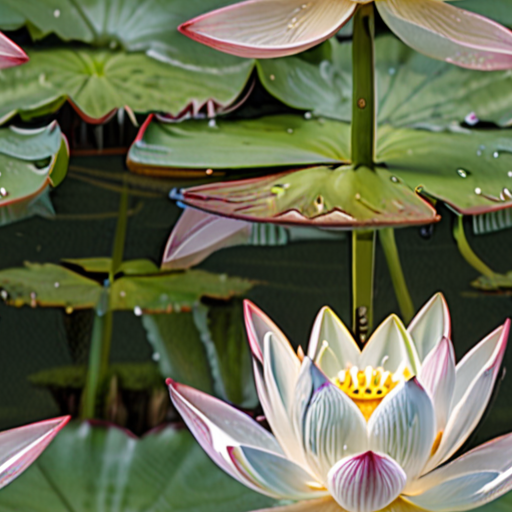
Stress Relief Techniques Used in Mindfulness Practices
I’ve found three effective stress relief techniques commonly used in mindfulness practices.
-
Breathing Exercises
Mindful breathing involves focusing on the sensation of breath moving in and out of the body. This technique helps calm the mind and reduce stress levels. To practice mindful breathing, find a quiet space, sit comfortably with eyes closed, and focus on the sensation of each breath. When the mind wanders, gently bring attention back to the breath.
-
Body Scan Meditation
This technique involves lying down or sitting comfortably, closing the eyes, and bringing awareness to different parts of the body. Starting from the toes, slowly scan up to the head, releasing any tension or discomfort as you go. Body scan meditation helps release physical tension and promotes relaxation.
-
Loving-Kindness Meditation
Loving-kindness meditation focuses on cultivating feelings of kindness, compassion, and understanding towards oneself and others. Sit comfortably, close the eyes, and repeat phrases such as “May I be happy, may I be healthy, may I be at peace” to yourself and others. This technique helps reduce stress and anxiety by promoting a sense of connection and empathy.
The 5 Rs of Mindfulness
Mindfulness is a powerful tool for cultivating awareness, reducing stress, and increasing overall well-being.
- Relaxation: The first R of mindfulness is relaxation, which involves letting go of tension and allowing the body to release physical and emotional strain.
- Recognition: Recognition is the second R, where we become aware of our thoughts, emotions, and bodily sensations without judgment or attachment.
- Reframing: Reframing is the third R, where we learn to view challenges and difficulties in a new light, finding opportunities for growth and learning.
- Renewal: Renewal is the fourth R, where we cultivate a sense of renewal and rejuvenation, often through activities such as meditation, yoga, or spending time in nature.
- Responsibility: Responsibility is the fifth and final R, where we take ownership of our actions, choices, and outcomes, recognizing that we have the power to shape our own lives.
By incorporating these five Rs into our daily lives, we can develop greater mindfulness, increase our resilience, and live more authentic, meaningful lives.
For more information on mindfulness and its benefits, visit Mindful.org or explore the many resources available on Google .
At Live On Blogs, we believe that mindfulness is a key component of a happy, healthy life, and we’re committed to sharing valuable insights and resources to support your journey.
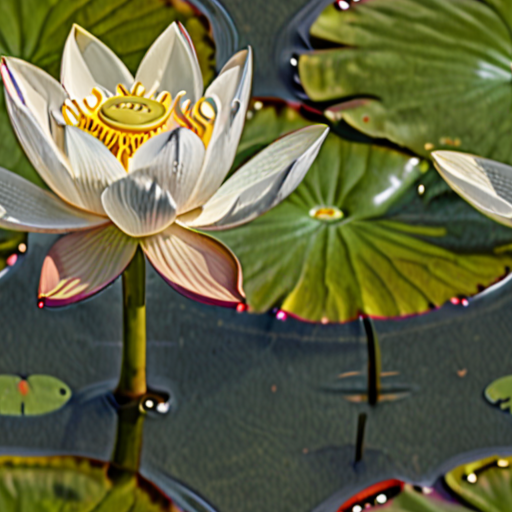
The Three Cs of Mindfulness
Mindfulness is a powerful tool for cultivating mental wellbeing, and understanding its core principles can help us harness its benefits. One way to approach mindfulness is through the lens of the three Cs: curiosity, compassion, and calm centre. By embracing these qualities, we can deepen our practice and unlock greater peace and clarity in our lives.
Curiosity
Curiosity is the spark that ignites our mindfulness journey. It encourages us to approach life with an open and non-judgmental mindset, allowing us to explore and learn from every experience. By cultivating curiosity, we become more receptive to new ideas, perspectives, and sensations, which helps us stay present and engaged in the moment.
Practicing Curiosity:
To cultivate curiosity, try incorporating activities that stimulate your senses, such as trying new foods, exploring nature, or engaging in creative pursuits. Practice asking open-ended questions, and seek out diverse perspectives to broaden your understanding of the world.
Compassion
Compassion is the heart of mindfulness, allowing us to connect with ourselves and others on a deeper level. It involves treating ourselves and others with kindness, empathy, and understanding, rather than judgment or criticism. By practicing compassion, we can develop a greater sense of self-awareness, self-acceptance, and emotional regulation.
Practicing Compassion:
To cultivate compassion, try practicing loving-kindness meditation, writing letters to yourself or others, or engaging in acts of service that bring joy to those around you. Remember to treat yourself with the same kindness and care that you would offer to a friend.
Calm Centre
A calm centre is the foundation upon which mindfulness is built. It represents a state of inner peace, stability, and balance, allowing us to navigate life’s challenges with greater ease and resilience. By cultivating a calm centre, we can reduce stress, anxiety, and overwhelm, and increase our overall sense of wellbeing.
Practicing Calm Centre:
To cultivate a calm centre, try incorporating relaxation techniques such as deep breathing, progressive muscle relaxation, or yoga into your daily routine. Practice mindfulness meditation, and engage in activities that bring you a sense of calm and tranquility, such as spending time in nature or listening to soothing music.
Conclusion
By embracing the three Cs of mindfulness – curiosity, compassion, and calm centre – we can deepen our practice, cultivate greater peace and clarity, and live more authentic, meaningful lives. Remember to approach mindfulness with an open and non-judgmental mindset, and to be patient and kind with yourself as you embark on this journey. With consistent practice and dedication, you can unlock the full potential of mindfulness and transform your life in profound ways.

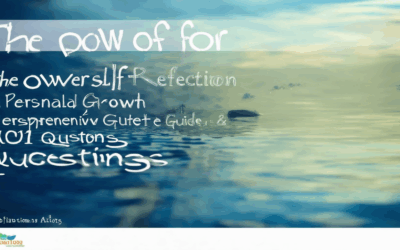
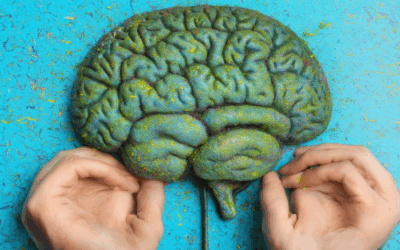
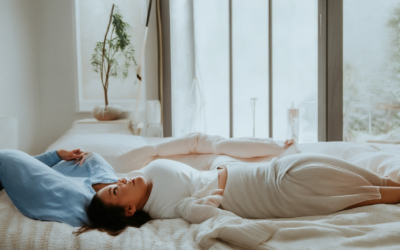
0 Comments